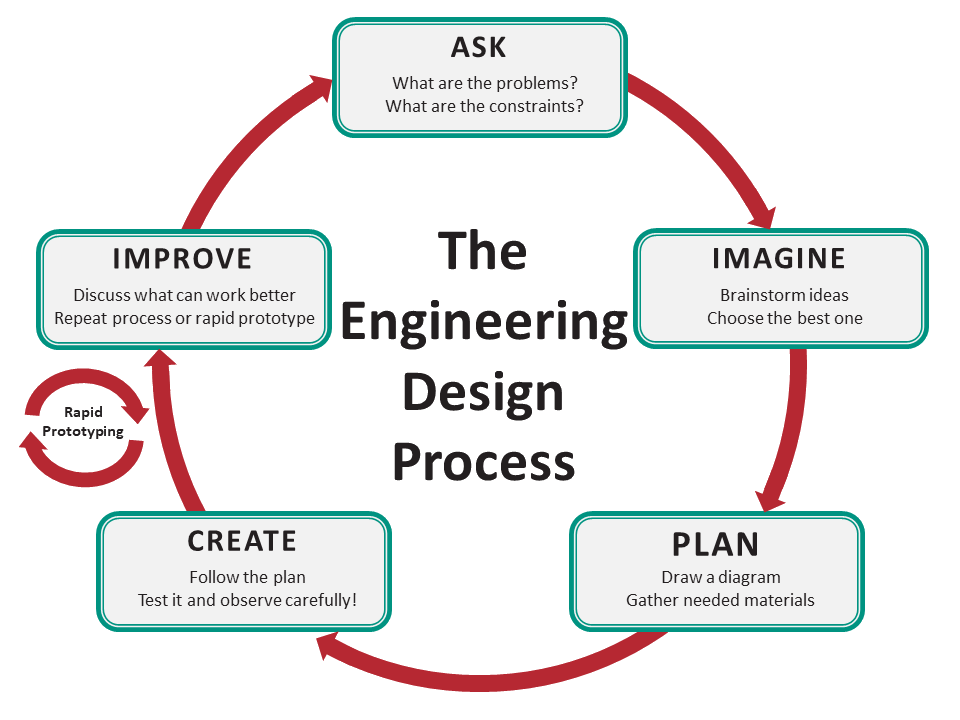Instructor Directions
Project Description | |
| Name of Project | Calculating and Measuring Perimeter Using The Laws of Sines and Cosines |
| Subject Area | Math |
| Targeted Standards | 2.02.c; 2.04;Revised NC 4th Math CurriculaPreCalculus: Objective F.3.2 - Implement Law of Sines and Law of Cosines to solve problems.NC Math 4: Objective AF.2.2 - Implement Law of Sines and Law of Cosines to solve problems. |
| Driving Question / Problem / Activator | How can you use Sphero robots to reinforce students’ knowledge of the Laws of Sines and Cosines? |
| Project Summary | A starting line and “target line” will be laid out on the floor of the activity area. Students will program their robots to traverse the perimeter of a triangle of specified dimensions. Students will have to use the Laws of Sines and Cosines to calculate the speed, direction, and travel time for each leg of their robot’s travel. |
| Estimated Time | This lesson is designed to be presented during a standard 90 minute class. |
| Materials / Resources/Lesson Plans (including link to slideshow if available) | Materials:Sphero Robots, Masking Tape, Tape measure, Sharpie Markers; Students will need pencils, paper, and calculators.https://drive.google.com/open?id=1DO9An6bNR7R81ibtuFQpieJkHygtCcB2https://drive.google.com/open?id=1atcquy9rqYksYIDUVg8q0WlZauWryPENboQPNR4fcxo |
| Tags | |
Project Outline | |
| Ask | How can you use the Law of Sines and Law of Cosines to calculate side lengths and angle measures in triangles? Can robots be used to reinforce students’ understanding of these relationships? |
| Imagine | How could this activity be accomplished using different types of robots? |
| Plan | Students will calculate travel times and directions necessary to traverse the perimeters of various triangles. |
| Create | Students will use the Laws of Sines and Cosines to determine side lengths and interior angles of triangles. Students will then verify their calculations by programming robots to traverse the perimeter of each triangle. |
| Improve | Determine improvements to the layout of the work area, sequence of instructions, wording of narrative and instructions |
| Closure / Student Reflections | 1) For each triangle, how closely was the robot’s stopping point to its starting point?3) After observing robots’ response to programmed directions, what program revisions could be made to improve accuracy?2) What sources of error might affect the accuracy of a robot’s travel? |
| Possible Modifications / Extensions | Evaluate the effect of travel speed on the accuracy of travel. Evaluate the effect of different surfaces on the accuracy of travel. |
Evaluation (Pre/Post)
At the beginning of the activity:
- How do you use the Law of Sines and Law of Cosines to calculate the length of a side of a triangle?
- How do you use the Law of Cosines to determine the measure of an angle in a triangle?
- How are “bearings” related to angle measures from standard position?
After the activity:
1) How far apart were the starting and stopping points for each triangle?
Activity A Activity B Activity C
2) Evaluate the following sources of error on the accuracy of a robot’s travels.
a. How does a robot’s initial alignment affect the accuracy of each activity?
b. Suppose a robot’s actual speed is faster or slower than accounted for in your calculations. Determine the error in distance traveled over 15 seconds for the following speed errors. (Show two sample calculations.)
| Speed Error | Travel Error | Speed Error | Travel Error |
| + 0.1 in/sec | – 0.1 in/sec | ||
| + 0.15 in/sec | – 0.15 in/sec | ||
| +0.5 in/sec | – 0.5 in/sec | ||
| + 1 in/sec | – 1 in/sec |
2) Continued
c. Direction/Angle; Suppose a robot’s direction differs from the “correct” direction. Given a triangle with two sides that are each 15 ft, determine the error in the “third” side of the triangle that results from the following errors in the “included” angle. (Show two sample calculations.)
| Direction Error | “3rd Side” Error | Direction Error | “3rd Side” Error |
| + 0.5O | – 0.5O | ||
| + 1O | – 1O | ||
| + 3O | – 3O | ||
| + 5O | – 5O |
3) What other sources of error might affect the results of these activities?
4) Using the speed settings from the three triangles, determine the roll durations and headings/bearings necessary to traverse the diagonals of a regular pentagon whose sides are 23 feet long.


